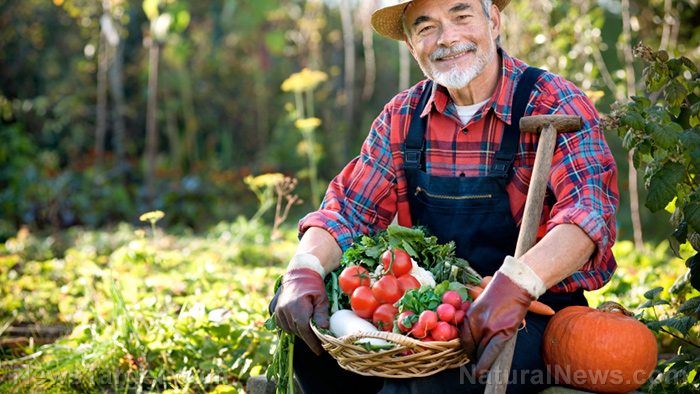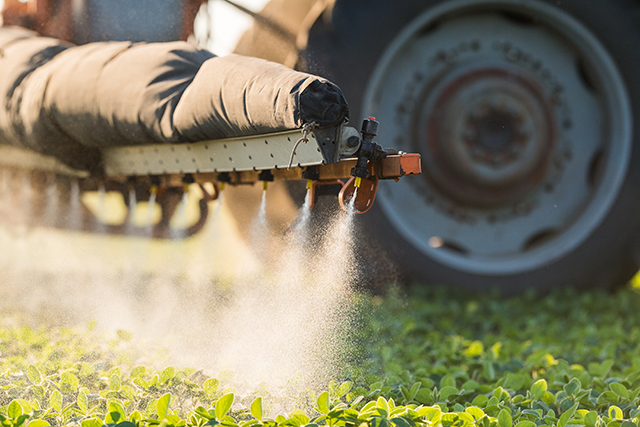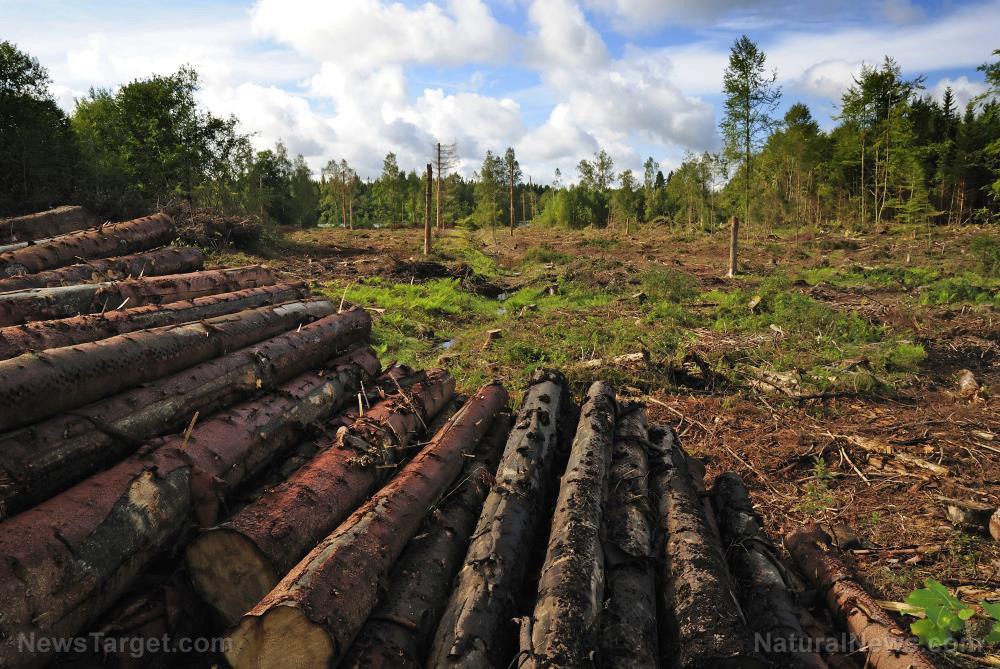Can regenerative agriculture help the planet?
02/12/2020 / By Lance D Johanson

There is an intrinsic purpose for all of humanity, a purpose that has been lost, neglected and forgotten by many. Humans were designed to be good stewards of the land, and regenerative agriculture is the key to good stewardship. Regenerative agriculture encompasses many practical ways to preserve the bounty, the richness and the sustainability of Earth’s natural resources. Regenerative agriculture can heal the planet and maintain balance in ecosystems, protecting soil health for generations to come. Here is an introduction to the many ways regenerative agriculture can save the planet.
Regenerative agriculture sequesters carbon and helps build healthy organic matter
The industrial society of modern day has drastically affected atmospheric carbon levels. Carbon is an essential molecule of life, but its balance in the atmosphere is off. Plants use carbon dioxide, water, nutrients and the sun’s energy to produce carbon so they can grow leaves, stems and roots. When the plant returns to the soil, the carbon is intended to generally remain in the ground. Aggressive plowing releases excess carbon into the atmosphere, contributing to an imbalance in greenhouse gas emissions. The agricultural sector accounts for nearly 25 percent of human-generated greenhouse gas emissions. This is because modern agriculture depends on mono-culture, maximizing crop yields, and excessive tilling — paying no mind to the preservation of healthy organic matter and the sustainability of soil and its nutrients.
The root systems of modern day, high-yield crops are shallow and weak when compared to the root systems of native grasses, herbs, and perennial plants that grow together in a diverse ecosystem. In the pursuit for profit, high yield productions have neglected an important part of agriculture: strong root systems, carbon sequestration, and soil health. The root system is responsible for sequestering excess carbon. This organic carbon, sequestered in the ground, is the principle component of healthy organic matter. In return, this carbon-rich organic matter can store more water, support more complex root systems, and prevent erosion. Regenerative agriculture prioritizes strong root systems and a diverse ecosystem of soil microbes.

Image credit: Regenerateland.com
Crop rotation and diversity and less plowing is key to regenerative agriculture
Agriculture should improve the resources it uses, instead of depleting them. This can be accomplished through conservative tillage, helping microbes flourish, maintaining a diversity of crops, utilizing cover crops, and rotating crops from year-to-year.
Conservative tillage methods require less plowing, less tilling, and minimum disturbance of the soil. This keeps carbon in the ground and results in less erosion while protecting the diversity and stability of soil microbes. It’s these soil microbes that help the plants take up the minerals in the soil. When the microbes are constantly disheveled, organic matter cannot be created and the plants become weaker, with less nutrition and disease resistance.
In a diverse agricultural plot, various plants share different carbohydrates with the soil. These carbohydrates are released through their root systems. These sugars feed various microbes, helping return different nutrients back to the soil and exchange nutrients back to future plant life. The diversity of root systems ultimately encourages the best utilization of nutrients in the soil, while protecting the soil’s nutrient value long term.
Cover crops are used to protect soil from erosion. A barren field of empty soil can dry out and lose important nutrients. A barren field is also prone to floods and the washing away of nutrients. Cover crops protect the organic matter, holding the nutrients intact.
Crop rotation is equally important because it ensures diversity of nutrients in the soil over several seasons. Planting the same crops in one area can lead to a buildup of certain nutrients and a lack of others, putting future yields at risk to disease and pestilence.
Thermal composting can help replenish missing microbe populations in the soil. Applying carefully crafted compost tea to the soil provides long term sustainability of organic matter and plant life.
The principles of regenerative agriculture make crop production more resilient during times of climate stress and establish a set of principles for good stewardship of the land.
Sources include:
Submit a correction >>
Tagged Under:
carbon sequestration, compost tea, Composting, conservative tillage, cover crops, crop diversity, crop rotation, crop science, Ecology, environment, food supply, harvest, microbe diversity, nutrient uptake, organic matter, plant health, soil health
This article may contain statements that reflect the opinion of the author
RECENT NEWS & ARTICLES
COPYRIGHT © 2017 ENVIRON NEWS





















